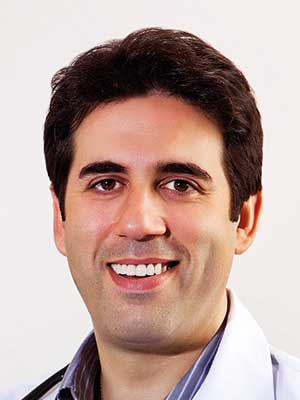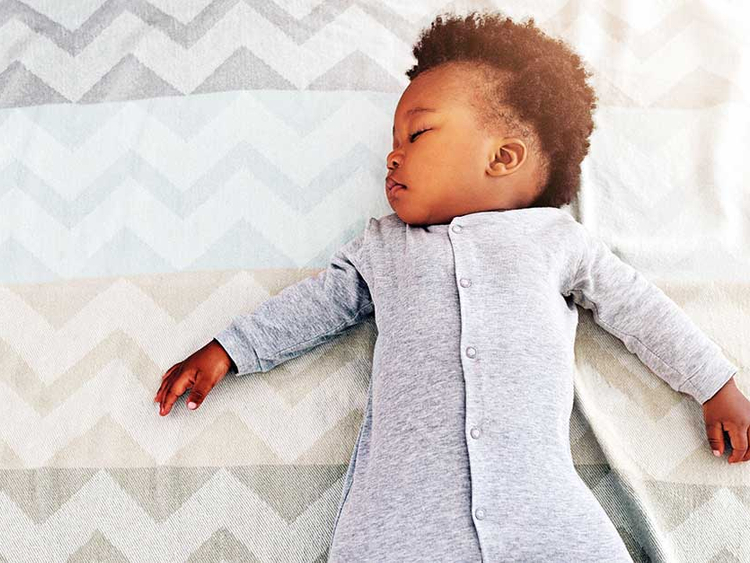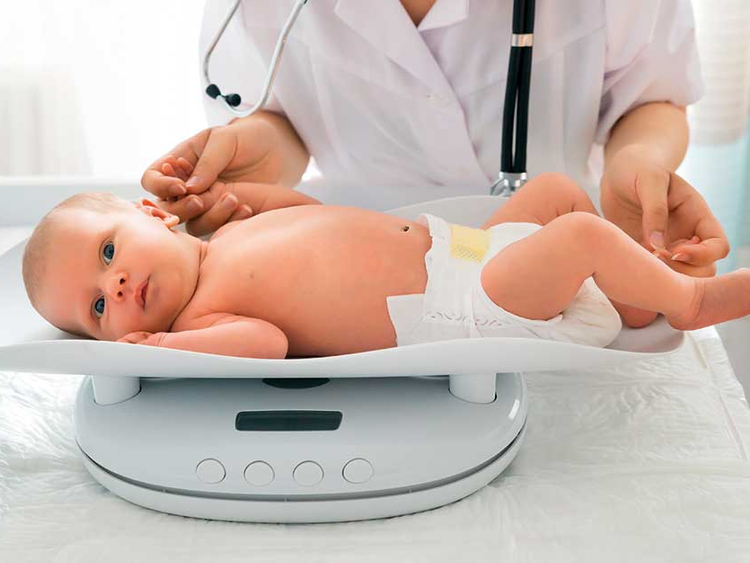Abu Dhabi – Although sleep apnoea is commonly associated with adults, this sleep disorder could be contributing to behavioral issues and developmental delays in many children across the UAE, experts have warned.
There is however very little awareness about the condition affecting children, even among doctors, they added.
Dr Hady Jerdak |
“Because sleep is so integral to our growth and development, sleep apnoea among children is even worse than it is among adults. It changes the course of their lives, causing hyperactivity, attention deficitys and fatigue while limiting their potential,” warned Dr Hady Jerdak, a leading sleep medicine expert at Harley Street Medical Centre (HSMC) in Abu Dhabi.
“These children also go on to underperform at school, and gain weight at an early age. Unfortunately, not enough parents or doctors are able to read the signs of sleep apnoea, and this means that children are not treated,” he told Gulf News.
Sleep apnoea is a disorder is which there are one or more pauses in breathing (apnoea), or even shallow breathing, during sleep. These apnoeas reduce the oxygen supply, waking the brain and disturbing sleep. Patients usually emit a loud snort or choking sound before going back to sleep.
While there is no UAE-wide data, experts estimate that about four per cent of the adult population suffers from sleep apnoea, as in the United States.
Katie Bridle |
“Sleep apnoea is however associated with adults, especially adult males, so many children go undiagnosed. The lack of sleep is an underlying cause for many childhood concerns, like obesity and attention deficit hyperactivity disorder (ADHD), but is still not treated,” said Katie Bridle, sleep service manager and lead technologist at The London Sleep Centre in Dubai.
International estimates suggest that paediatric sleep apnoea may affect five to six per cent of children, and peaks between the ages of three to six years when adenoid and tonsils develop.
Inflamed adenoid glands and tonsils, allergies, obesity, abnormal jaw and facial positioning, and factors like passive smoking and pollution that aggravates allergies are all risk factors for sleep apnoea.
Dr Jerdak said that a major concern is that sleep apnoea does disturb a child’s deep sleep, and it is deep sleep that helps develop memory and logical thinking. It also affects REM sleep, which is important to support the development of creativity.
“Unfortunately, because most parents don’t know that sleep apnoea can affect children, they don’t approach us directly. Many patients are referred to us by hospitals,” Dr Jerdak said.
To diagnose a patient, doctors speak with parents about children’s sleep habits, and often ask them to film children while they are sleeping so that sleep experts can assess the sleep. Parents are also taught to recognise instances when there is a pause in the child’s breathing, and a sleep study is conducted, either at a sleep lab or at home. However, specialized equipment suited to a child’s smaller stature is needed to assess children.
In the two years that HSMC has been able to conduct paediatric sleep studies, about 80 children have been diagnosed with the condition. Another 10 patients have been diagnosed at the London Sleep Centre.
“There is an increase in the number of children diagnosed with sleep apnoea, and this is mainly because more people are becoming aware of the condition and seeking help for their children. Nevertheless, it is a positive sign, because many children will be able to benefit from a good night’s sleep,” Dr Jerdak said.
Possible signs of sleep apnoea
Children suffering from sleep apnoea display a number of tell-tale signs, but parents must be able to recognise them.
Noisy breathing: One of the primary signs that a child has sleep apnoea is noisy breathing, which occurs when the child’s airway is obstructed. About 75 per cent of children with noisy breathing actually have sleep apnoea.
Restless sleep: Parents usually notice that children are restless during sleep, and that they stop breathing. They then appear to choke or snort, and wiggle, before going back to sleep. These ‘microarousals’ happen more than once an hour, and in severe cases, more than five times an hour.
Night terrors: Older children often complain of night terrors, brought about by the frequent arousals during the night. There may also be frequent instances of bedwetting.
Weight gain: Obese children are more prone to sleep apnoea, as fat around the airways obstructs breathing during sleep. In turn, children with apnoea are more likely to suffer from sleep apnoea.
Attention deficits and hyperactivity: The lack of sleep means that children are unable to focus, and tend to be hyperactive. Parents may also notice a drop in academic performance.
Somnolence: Children may also fall asleep in the middle of the day while engaged in regular activities like reading, watching television, or even while talking to someone.
Source: Dr Hady Jerdak and Kate Bridle
How to treat sleep apnoea
Although sleep medicine is a relatively new field in medicine, a number of treatments are available to treat patients. The exact course of treatment however differs from case to case, and depends on the cause of the sleep apnoea.
Weight loss: Bringing a child back to the normal weight for his/her age and height can help relieve paediatric sleep apnoea.
Surgical options: In children who are unable to breathe because their adenoid glands and tonsils are large, or inflamed for some reason, surgical removal is prescribed. Although the operation is painful, it is successful in curing sleep apnoea in 50 per cent of cases.
Orthopaedic development of the jaw: This is especially helpful for children who have craniofacial abnormalities and unusual jaw positioning. A brace is fitted for up to a year which allows the jaw to develop in a way that opens the airway at the back. Doctors also recommend an accompanying diet that prevents tissue inflammation and allergies.
CPAP machines: Continuous Positive Airway Pressure machines or CPAP machines are only prescribed as a last resort treatment for young children. They are worn over the nose and mouth, and apply mild air pressure to keep the airways open.















